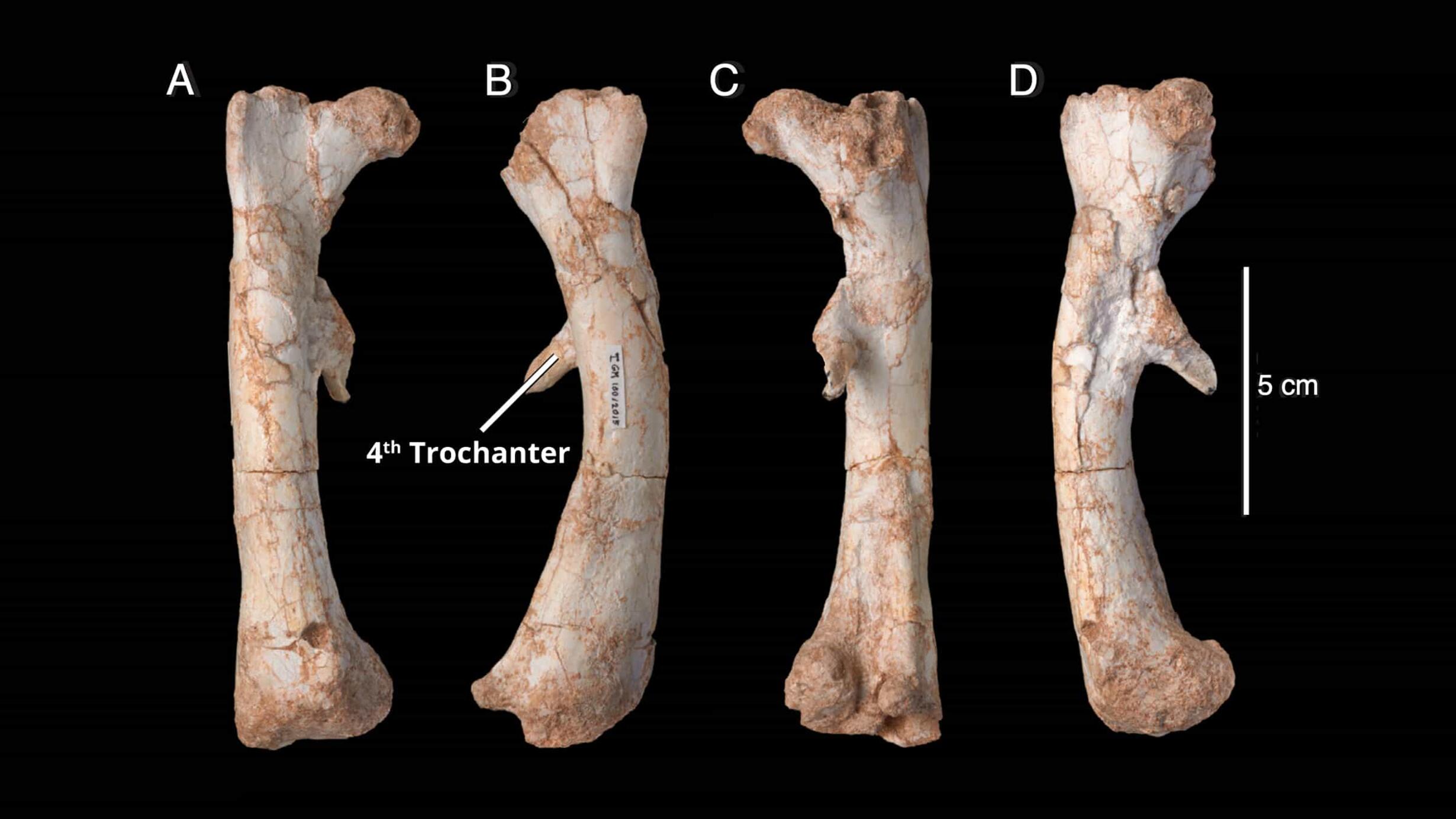Classifying Dinosaurs Based on Fossils
Part of the Dinosaurs: Activities and Lesson Plans Curriculum Collection.
Part of the Dinosaurs: Activities and Lesson Plans Curriculum Collection.

Imagine that you are a vertebrate paleontologist studying dinosaurs, and your dream comes true—you are invited to join an AMNH expedition to the Gobi Desert in Mongolia. Over the course of three months, your team has found some spectacular dinosaur fossils that date from the late Cretaceous period. Some of the fossils are complete or nearly complete skeletons, and some are single bones. After the fossils are brought back to the lab and prepared for study, your first task is to identify the dinosaurs that you have found. Having complete skeletons allows scientists to use a wide variety of different characters to identify the dinosaur, but paleontologists can often identify the species based on a single bone.
In this activity you will examine the characteristics of two different fossils in order to construct evidence-based hypotheses regarding their taxonomic identity. Use the following documents to complete the assignment.